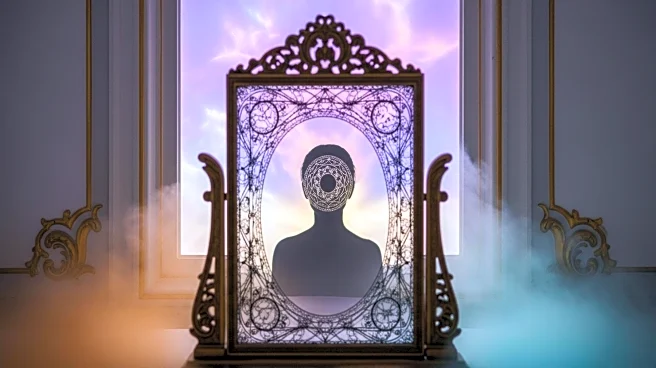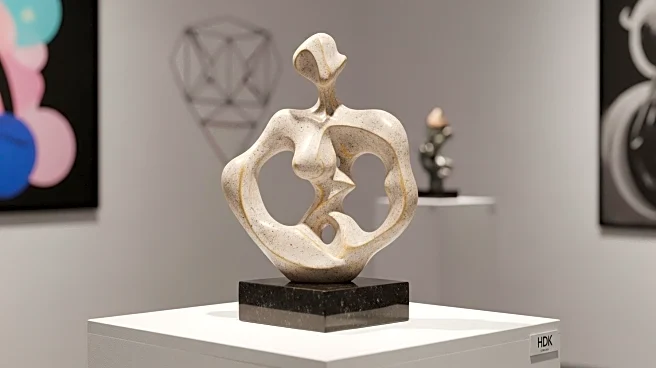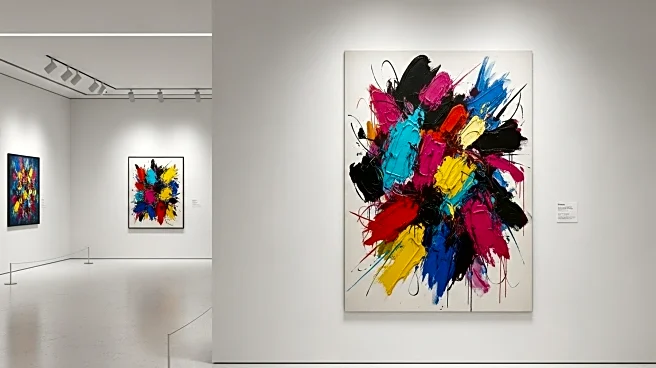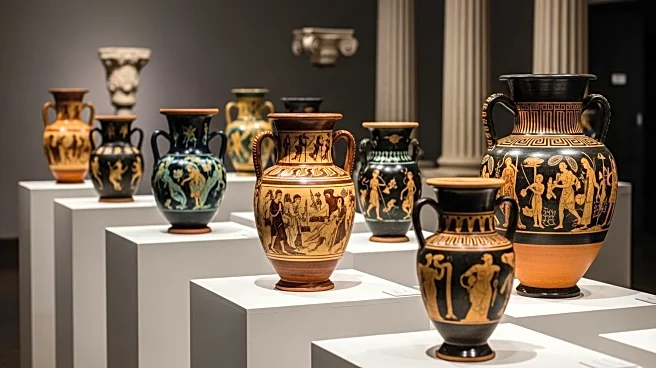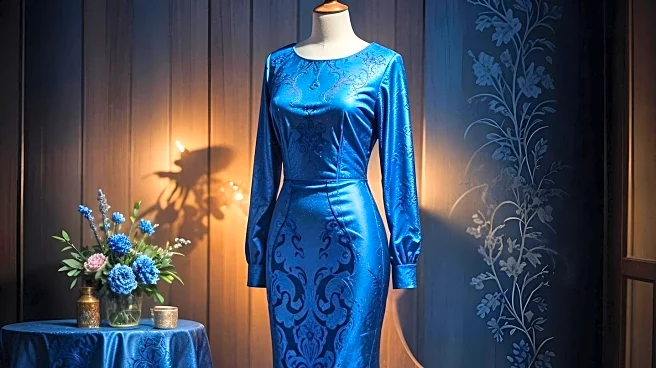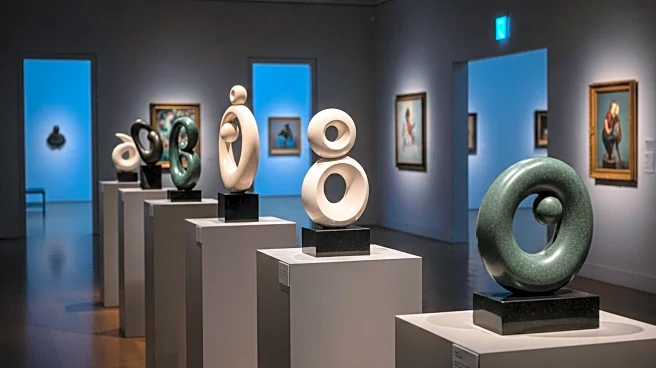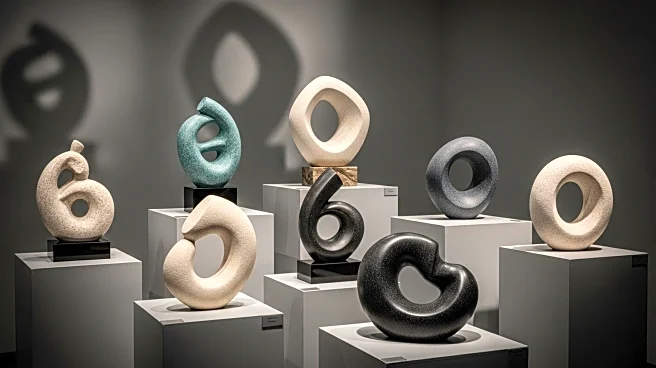What's Happening?
A new study by art historian Philipp Zitzlsperger suggests that Leonardo da Vinci's Salvator Mundi depicts Christ in attire traditionally associated with women, sparking debate among scholars. Zitzlsperger argues that the painting's low-cut neckline and monochrome blue garments are atypical for male depictions of the period, suggesting an androgynous representation. Critics have questioned the validity of these claims, noting historical precedents for similar attire in depictions of Christ. The study places the painting within the context of Renaissance gender fluidity aesthetics.
Why It's Important?
This analysis contributes to ongoing discussions about gender representation in art, particularly in historical works. It challenges traditional interpretations and encourages a reevaluation of gender norms in Renaissance art. The debate highlights the complexities of art interpretation and the influence of cultural and historical contexts on understanding gender roles. It may impact future studies and exhibitions of Renaissance art, prompting broader discussions on gender fluidity and representation in historical artworks.
